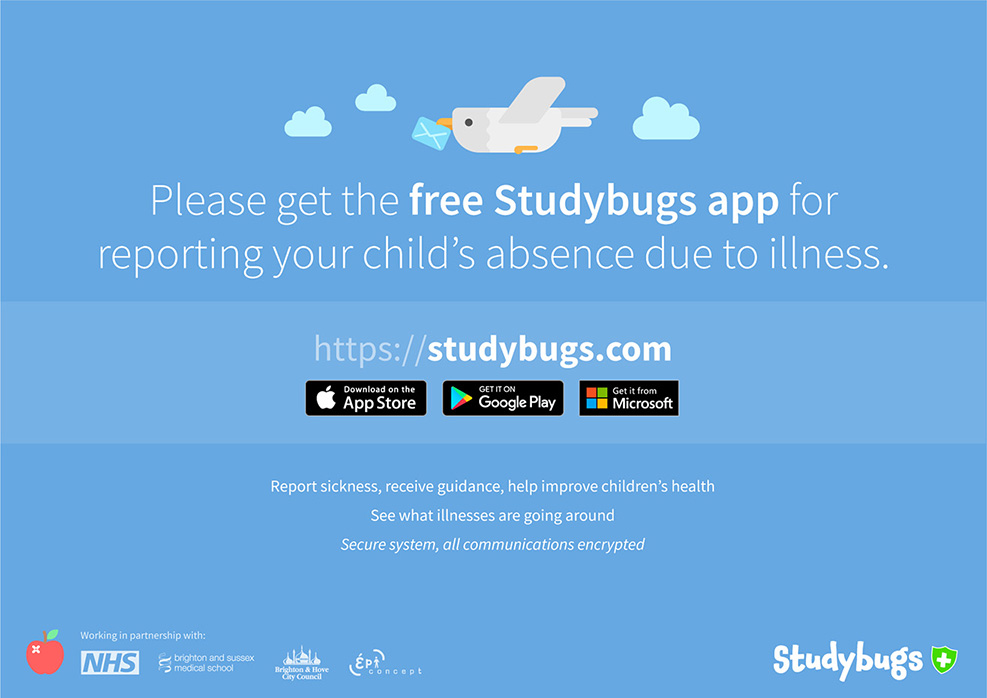Child Sexual Exploitation (CSE) normally follows three stages.
1. Recruitment
This can take various forms but can be described as a grooming process.
The victim may be enticed into a romantic relationship which becomes a physical sexual relationship. In some cases, new victims are identified and brought into the group by other victims, sometimes referred to as victim facilitators. Generally, the victim is identified due to their vulnerability.
In some cases, there is no grooming phase with the victim moving straight to the exploitation phase.
2. Control
This is an essential element in the process as it establishes the dominance of the perpetrator over the victim.
The young person is encouraged by the perpetrator to break away from all their support groups; for example, their peers, family and school. The perpetrator takes total control of the young person making them wholly reliant on them. The perpetrator will make the child feel guilty if they don’t do as they are asked. The young person is led to believe they are in a normal loving relationship.
Alcohol, controlled drugs and tobacco may be introduced to the young person making them more dependent on the perpetrator to ‘feed’ an addiction.
3. Exploitation
In this phase the young person is sexually exploited and may be made available to other people for sexual exploitation.
Controls are exerted with extreme pressure to ensure compliance. It may appear that the young person is making choices or exploring their sexuality. Filming or taking photos of the victim performing sex acts accompanied by the threat of posting on the internet or email to parents or friends is introduced.
As the abuse increases the physical and emotional condition of the young person will deteriorate due to the chaotic and dangerous nature of their lifestyle.
